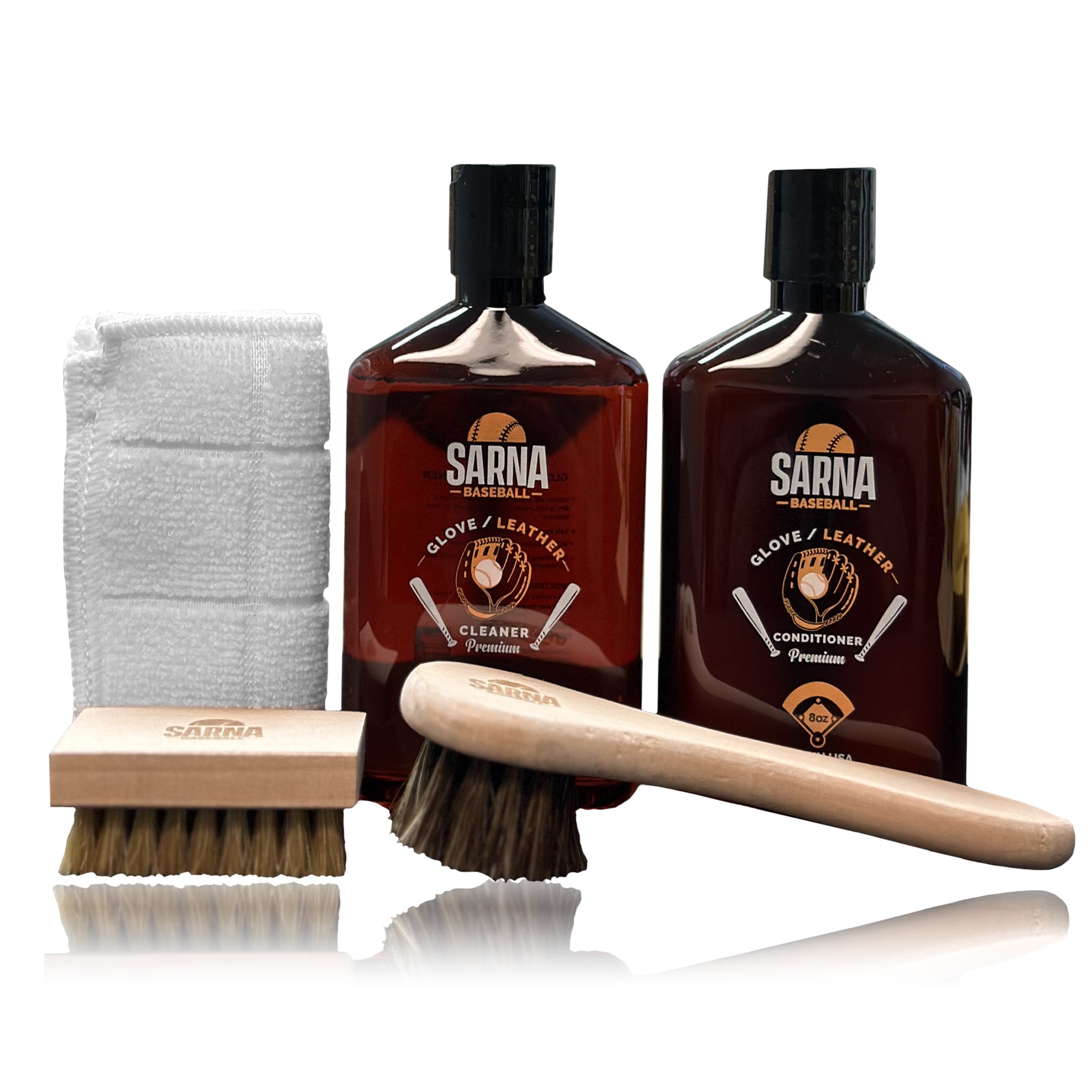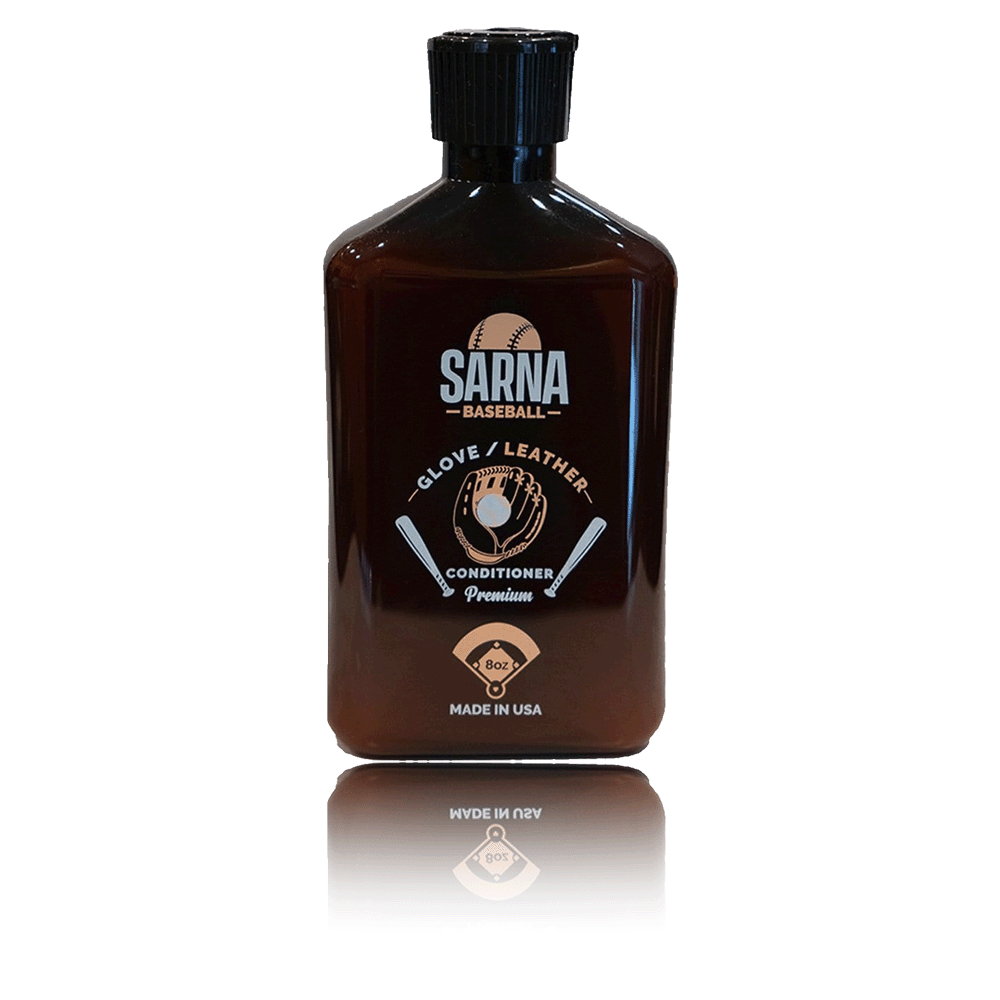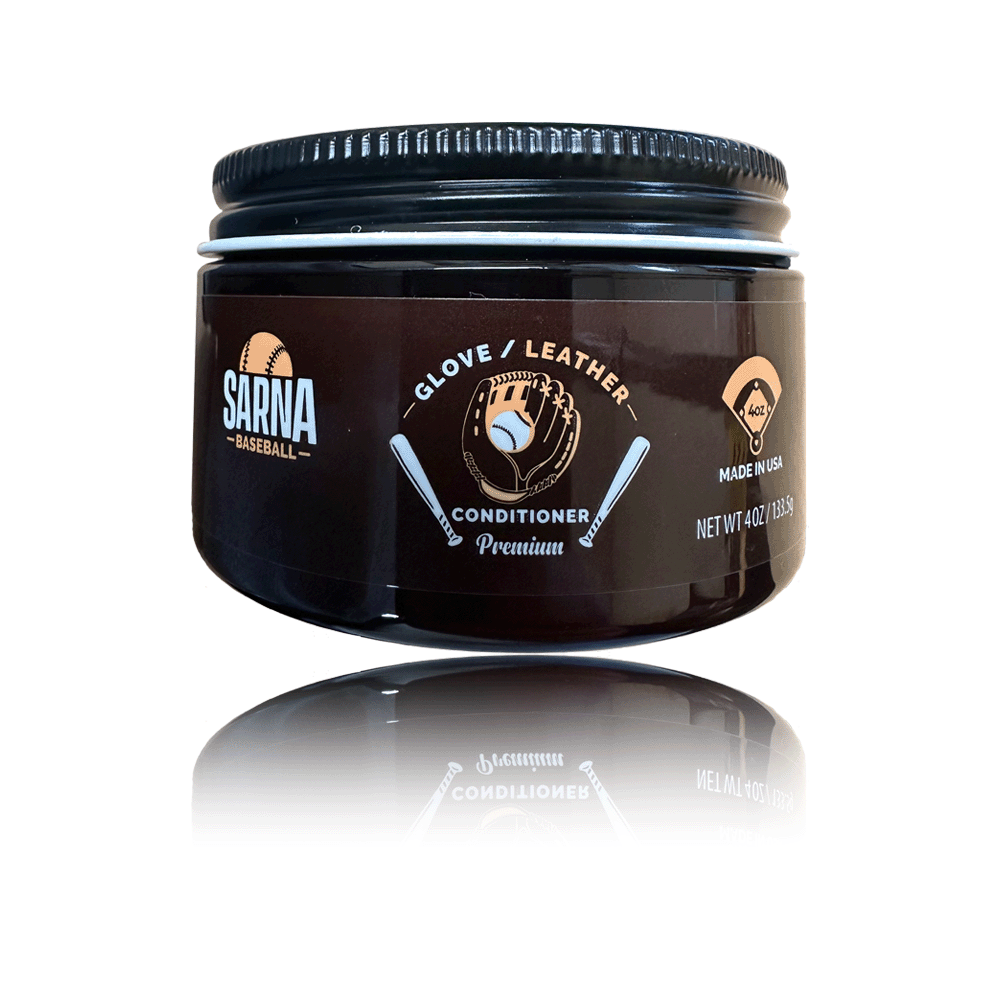Leather is a versatile and timeless material that has been used for centuries to create durable and fashionable products. To ensure its longevity and maintain its natural beauty, proper care is essential. However, there are some common misconceptions when it comes to leather care, and one such misconception is the use of lanolin. While lanolin is widely praised for its moisturizing properties, it can be detrimental to leather in the long run. In this article, we will explore the reasons why lanolin is bad for leather and suggest alternative methods to keep your leather items in optimal condition.
Understanding Lanolin: Lanolin is a natural waxy substance derived from the sebaceous glands of sheep. It is commonly used in cosmetic products and is known for its emollient properties, providing excellent moisture and softening effects. However, when it comes to leather care, lanolin can do more harm than good.
Reasons Why Lanolin is Bad for Leather:
-
Greasiness and Residue: One of the primary issues with using lanolin on leather is its greasy nature. When applied to leather, lanolin tends to leave behind a sticky residue that attracts dust, dirt, and other particles. Over time, this build-up can lead to a dull and grimy appearance, diminishing the natural beauty of the leather.
-
Clogging of Pores: Leather needs to breathe to maintain its suppleness and avoid deterioration. Lanolin, being a heavy and viscous substance, can clog the pores of the leather. This impedes the natural airflow and can result in the leather becoming stiff, dry, and prone to cracking.
-
Disruption of the Natural Oils: Leather possesses its own natural oils that help keep it soft, supple, and resilient. Applying lanolin to leather can interfere with the natural oil balance, as the heavy lanolin molecules can overpower and replace the leather's natural oils. This can lead to an imbalance, causing the leather to lose its natural moisture and elasticity over time.
-
Staining and Discoloration: Lanolin can also cause staining and discoloration on leather surfaces. The heavy oil can seep into the leather and create unsightly dark spots or streaks that are difficult to remove. These stains can significantly impact the aesthetics of the leather item, diminishing its value and appeal.
Alternative Leather Care Methods:
-
Leather Conditioners: Opt for specialized leather conditioners that are specifically formulated to preserve and restore the natural moisture balance of the leather. These products are designed to penetrate the leather fibers without leaving behind greasy residues or clogging the pores.
-
Regular Cleaning and Maintenance: Frequent cleaning and maintenance are crucial to keeping leather in good condition. Use a soft, damp cloth to remove surface dirt and grime, and follow up with a leather conditioner to replenish moisture and restore its natural luster.
-
Store Leather Properly: When not in use, store leather items in a cool, dry place away from direct sunlight. Avoid storing them in plastic bags or airtight containers, as leather needs to breathe.
While lanolin may seem like a natural and nourishing choice for leather care, it is not suitable for long-term preservation. The greasiness, residue, clogged pores, and potential staining it can cause make it a poor option for leather maintenance. Instead, opt for specialized leather conditioners and adopt proper cleaning and storage practices to keep your leather items looking their best for years to come. Remember, understanding the appropriate care methods is key to maintaining the durability and aesthetic appeal of your treasured leather possessions.










Leave a comment
All comments are moderated before being published.
This site is protected by hCaptcha and the hCaptcha Privacy Policy and Terms of Service apply.